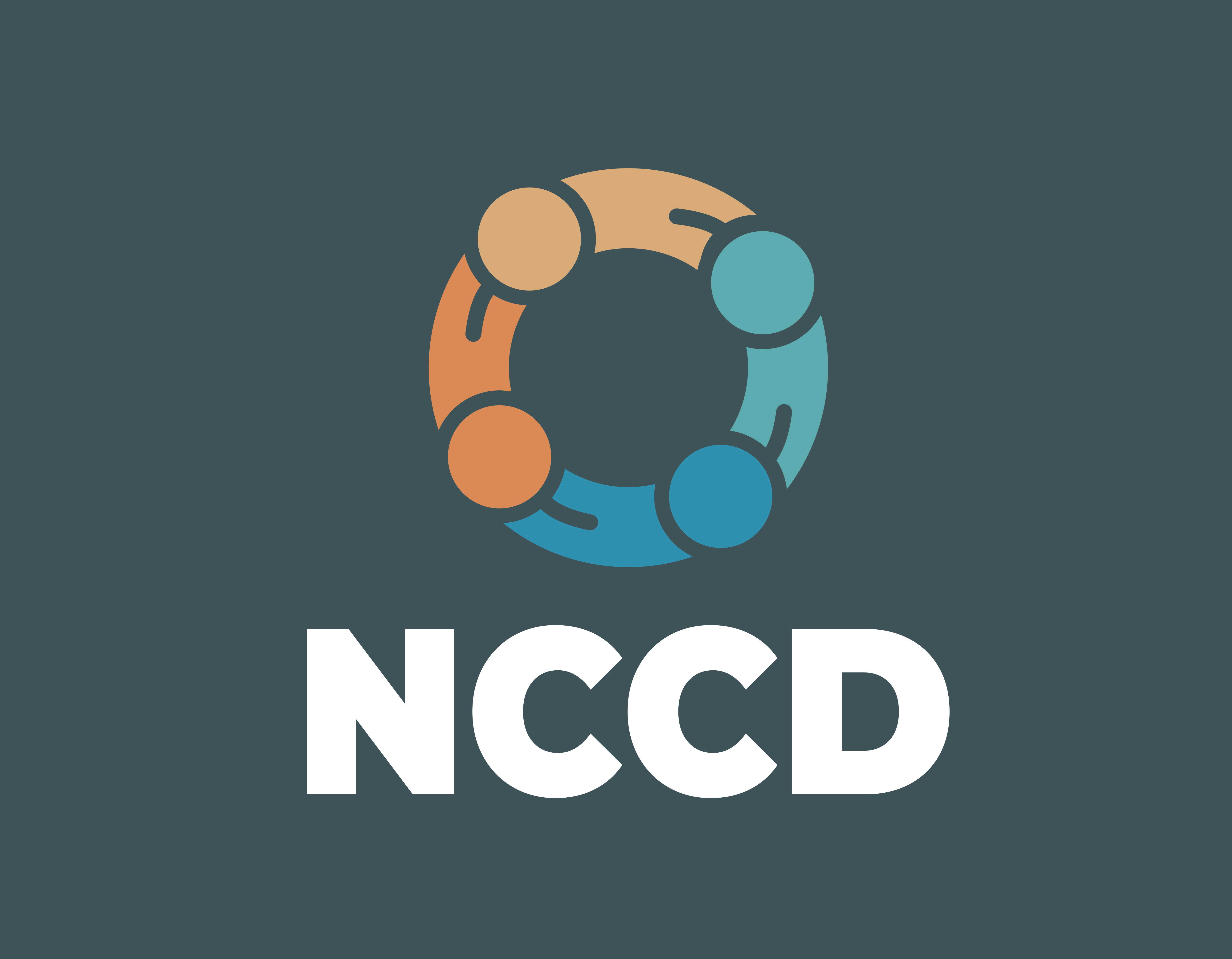
Classroom adjustments: Specific learning needs (Dysgraphia)
This podcast is part of a series that highlights adjustments that can be made in the classroom to enable students with disability to access and participate in education on the same basis as their peers.
In this episode, we talk about common adjustments teachers make in the classroom to support students with dysgraphia. Dysgraphia is a specific learning disability that affects written expression. This neurological disorder that can be separated into two main areas:
- Motor-based dysgraphia where students have affected fine motor skills which impacts your handwriting (also commonly known as developmental coordination disorder) or
- Language-based dysgraphia – students who have difficulty with converting the sounds of language into written form (also known as specific learning disorder with impairment in written expression).
Students with dysgraphia may experience difficulties with spelling, spacing words consistently, sentence structure or organising their thoughts. Some, but not all, students may develop a tight, awkward pencil grip, leading to illegible handwriting as well as fatigue and even pain while writing. Students may be impacted by dysgraphia of written expression or motor dysgraphia.
Learning Support Coordinator Lynne Ivicevic talks about how explicit instruction and modelling are beneficial for students with dysgraphia of written expression. She also explains why students with motor-based dysgraphia can’t be expected to copy notes from the board as part of their learning process. Mandy Nayton, CEO of the Dyslexia-SPELD Foundation and President of AUSPELD, discusses why some students may benefit from adjustments that rely on technology, such as speech-to-text programs, while others won’t.
Top takeaways
- Before making any adjustments consider the functional impact of dysgraphia that the student is experiencing and then support them through explicit teaching and appropriate adjustments.
- For dysgraphia of written expression give students extra time to demonstrate their knowledge and skills. This extends to taking notes, copying materials and taking tests. However, remember that this strategy won’t always address the student’s underlying weakness. So, check in with the student and find out if they are benefitting from extra time to complete work.
- For motor dysgraphia, allow students to use technological tools in place of the physical act of writing, such as speech to text or audio recording. Assess the student based on their knowledge of a subject, not their handwriting.
- Remember that difficulties with handwriting and written expression can be stressful for students. If they aren’t provided with the necessary support, these difficulties can have a detrimental effect on their emotional wellbeing, which influences their overall ability to learn, engage and participate in education on the same basis as their peers.
Discussion starters
- What are the key differences between language-based dysgraphia and motor-based dysgraphia?
- How can I make writing easier for students with motor-based dysgraphia?
- Why should I be handing out worksheets or typed copies of classroom notes to students with dysgraphia?
- What are the benefits and disadvantages of giving students with dysgraphia extra time to complete tasks?
- Why should I be speaking to a speech pathologist to help students with dysgraphia?
Search "Classroom adjustments" in Apple podcasts This link will open in a new window, Spotify This link will open in a new window or wherever you get your podcasts to listen via your mobile device.
27 minute run time.
Credits
Interviewees
Lynne Ivicevic, Learning Support Coordinator, John Curtin College of the Arts
Mandy Nayton, CEO of the Dyslexia-SPELD Foundation and President of AUSPELD
Host/Producer
Serpil Senelmis, Written & Recorded
Producer/Audio Engineer
James Brandis, Written & Recorded
Further resources
Find further resources at the Dyslexia-SPELD Foundation and the NCCD Portal. Download a transcript of the podcast episode.
- mail Email
-
BookmarkThis bookmark has been added to your bookmarks.Did you know you can organise your bookmarks into separate lists when you are signed in? Sign in or register